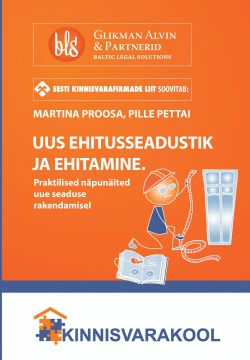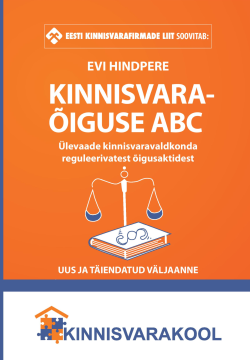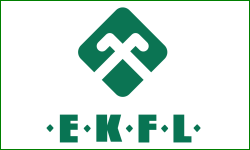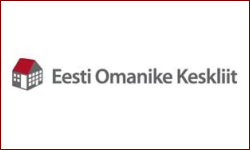 Economic prospects are bright in advanced economies: the euro area is grow-ing rapidly while the US economy shows signs of maturing. Emerging markets have good conditions for a continued recovery. Political risks in Europe have subsided, but populism, geopolitics, and the US political situation still create uncertainty.
Economic prospects are bright in advanced economies: the euro area is grow-ing rapidly while the US economy shows signs of maturing. Emerging markets have good conditions for a continued recovery. Political risks in Europe have subsided, but populism, geopolitics, and the US political situation still create uncertainty.
We expect the US economy to continue growing at a moderate pace, with a slowdown towards the end of the forecast period. The Federal Reserve has essentially reached its employment goal, and inflation should start rising soon. The monetary policy normalisation will, therefore, continue. In the euro area, both foreign and domestic demand support fast growth. The upswing is broad based across sectors and countries and will moderate only mildly in 2019. The ECB remains cautious, due to subdued inflation, but will start hiking policy rates in 2019.
An upturn continues in the Nordic countries, with the Norwegian economy back on track after the oil sector downturn and the Danish economy supported by household demand and a tighter labour market. In Finland, the economy is expanding and growth is picking up strongly from low levels.
The Swedish economy is maturing but will continue to grow at a very solid pace, supported by economic strength in Europe, but capacity and labour shortages will start to limit growth. Inflation will stabilise at around 2% and the Riksbank will start its normalisation. The Baltic economies will continue to grow at a high pace, though this will moderate somewhat in 2019.












